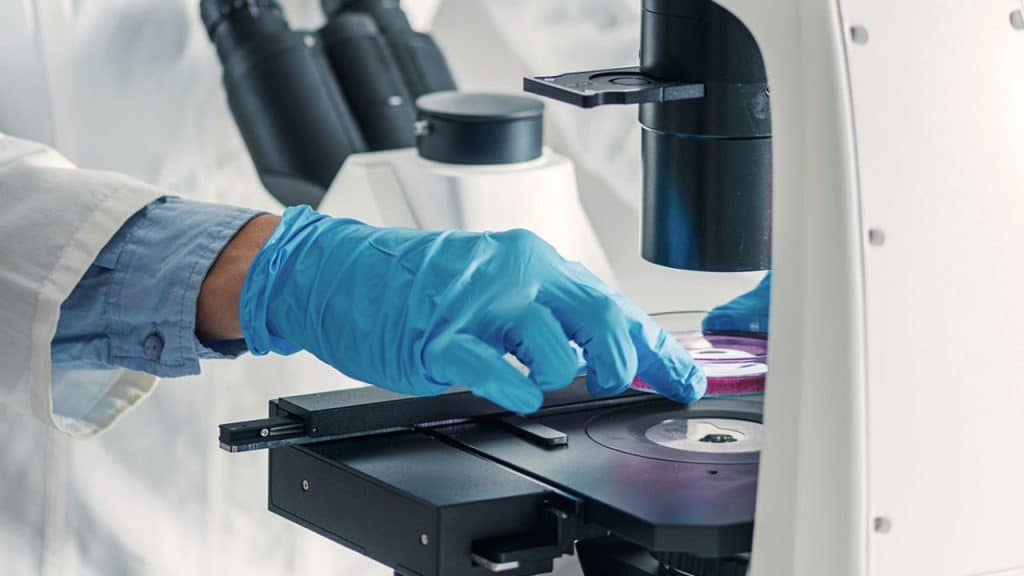There are lots of different ways to measure our health based on many different aspects of our biology. One of the newest and most exciting is epigenetic testing. It’s not the most accessible test, but it could be worth an investment.
It would probably help if I started by explaining what’s meant by epigenetics as this isn’t the most common term. You probably know that genetics is about your genes, the specific DNA sequences that control everything from how you look to your susceptibility to disease. Well, epigenetics is about how your genes can change. The underlying DNA remains the same, but external factors can modify which genes are or aren’t active, or how an active gene expresses itself.
Basically, it’s part of the increasing recognition that human health isn’t exclusively biological or environmental, but a complex interaction between factors. What you eat, how much you exercise, whether you smoke or drink, your stress levels, and the genetic inheritance passed on from your parents influence the expression of your genes. This impacts a range of conditions from cancer to neurodegenerative disorders and Prader-Willi syndrome.
More precise epigenetic testing can allow for better preventive interventions, earlier diagnosis, improved monitoring of progressive conditions, and more personalized therapies that recognize each individual’s unique makeup. Standard genetic testing might tell you that you have a worrying gene, but epigenetic testing can tell you what that gene is or isn’t doing so you can respond accordingly. It even allows for more accurate measurement of your biological age.
The problem is that epigenetic testing is expensive. The most basic kits start at about $100, but for a more thorough analysis, you may need to spend thousands, especially if you want to test your whole family. Yes, this can be a valuable investment in your long-term health, but it simply isn’t accessible for everybody.
Epigenetic testing involves taking a biological sample, usually blood, which must be of sufficient quantity and quality to extract enough DNA. The DNA is copied and divided into small sections to aid analysis, particularly of a process called methylation. The methylation rate is the important measurement for calculating biological age and assessing your epigenetics more broadly.
You can buy an epigenetic kit for use at home. Take the sample, then send it back to the laboratory for analysis. You’ll soon have a report detailing all your results.




